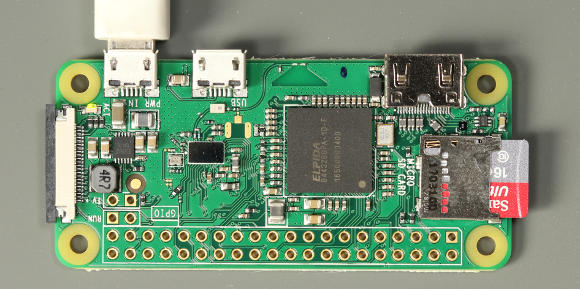


If you want local control of your smart devices, platforms like openHAB and Home Assistant let you run your own home automation server. It’s an amazing upgrade, and highly recommended. You can start prints right from its browser-based interface, monitor conditions during the process, and even view your print’s progress by hooking up a camera. While OctoPrint might not make it quite that easy, it does allow you to send print files over your local network to a Raspberry Pi, which in turn connects to your printer via USB for control. Why then, in this day and age, should you have to save a print file on an SD card, take it out, plug it into your printer, and fiddle with its onboard controls? Why shouldn’t it be just like a “2D printer,” where you hit an on-screen button on your computer, and a finished print pops out? Monitor your prints from afar with OctoPrint ( Screencap)ģD printers allow us to make nearly any shape we can imagine. Here I’ll outline five uses for the Pi where they can be set up and tucked away to do your bidding! OctoPrint While you can use the latest generation Pi 4 as a dual-screen “desktop replacement,” where the Raspberry Pi really shines is as an embedded, or “headless” device.


 0 kommentar(er)
0 kommentar(er)
